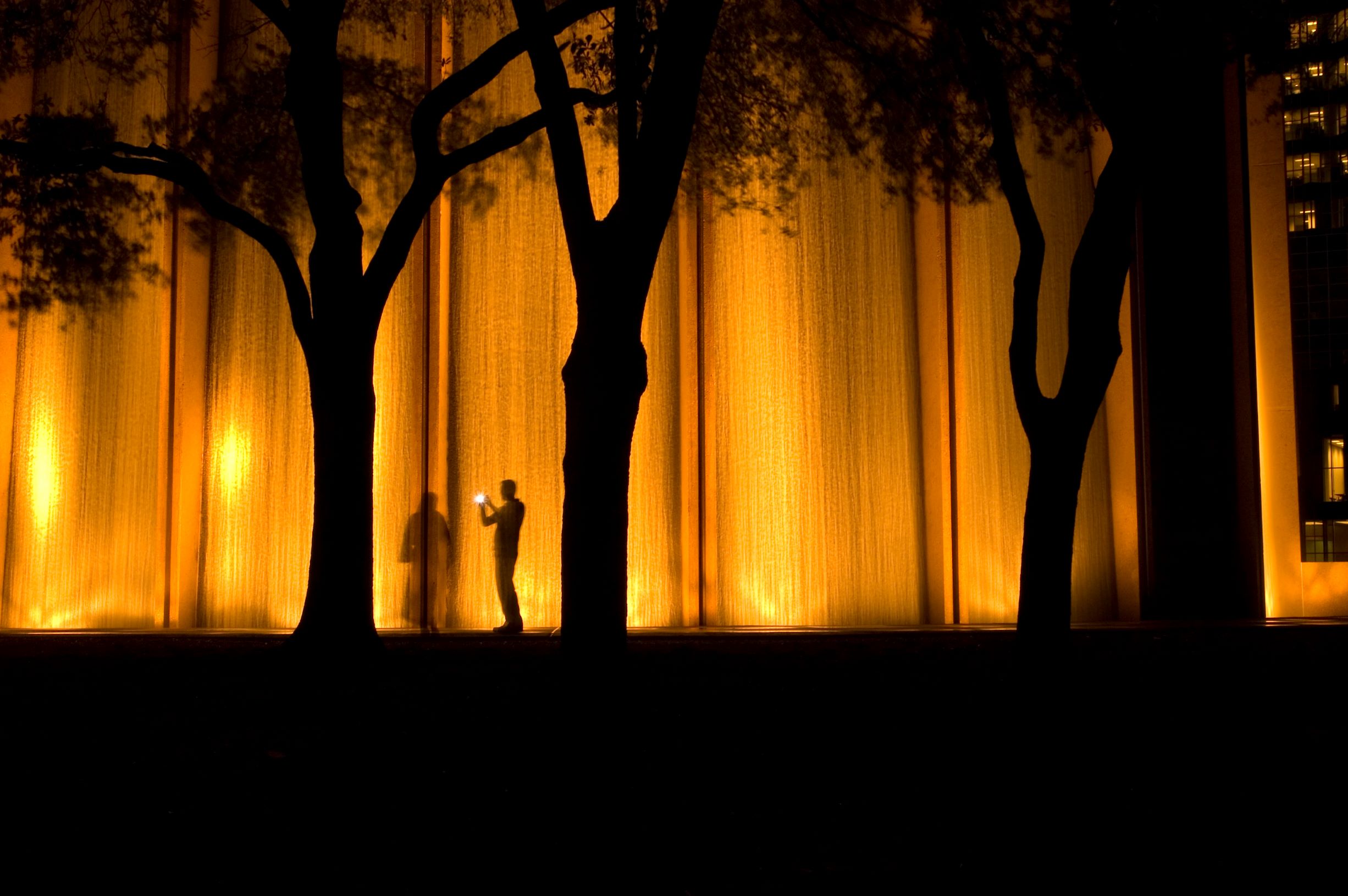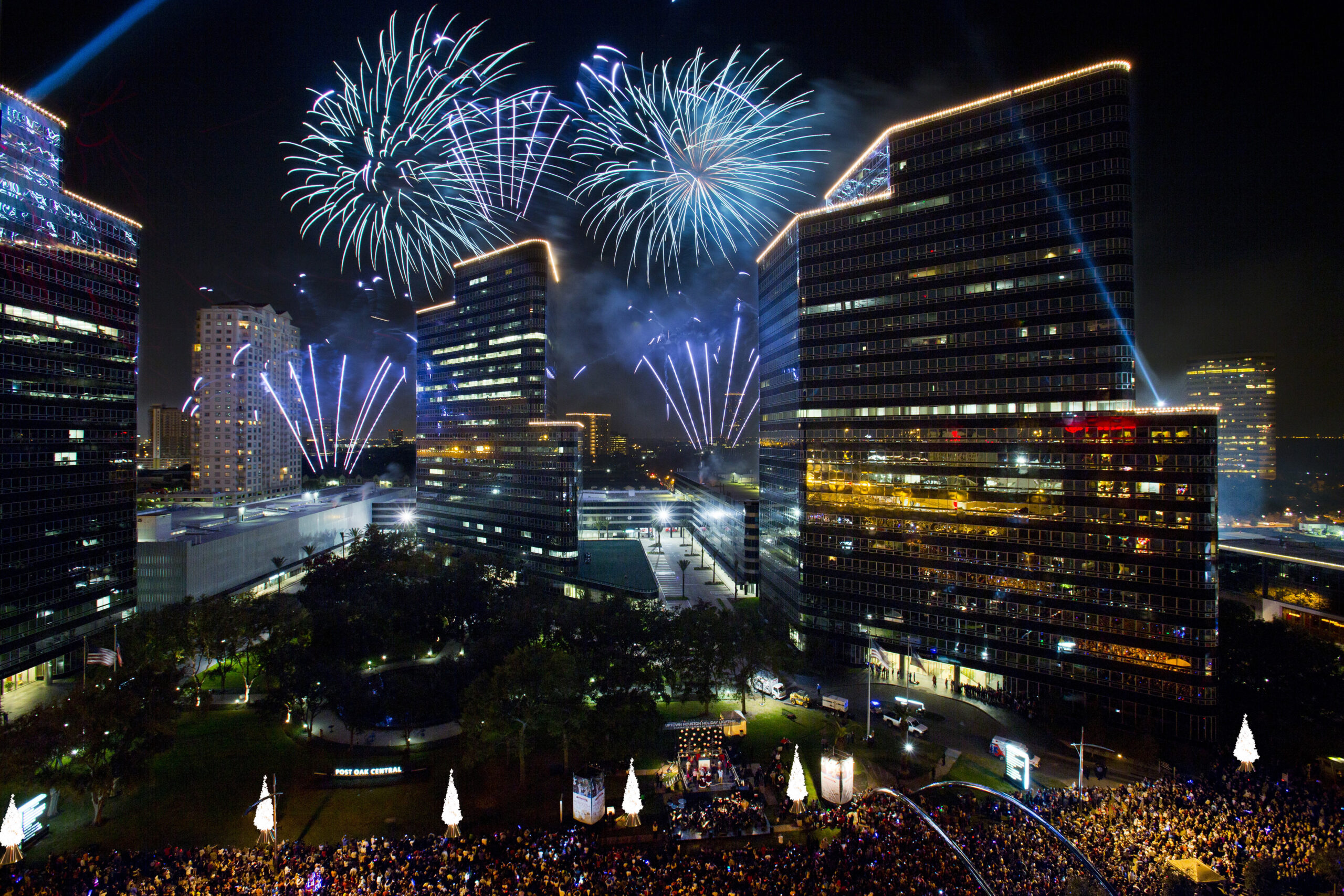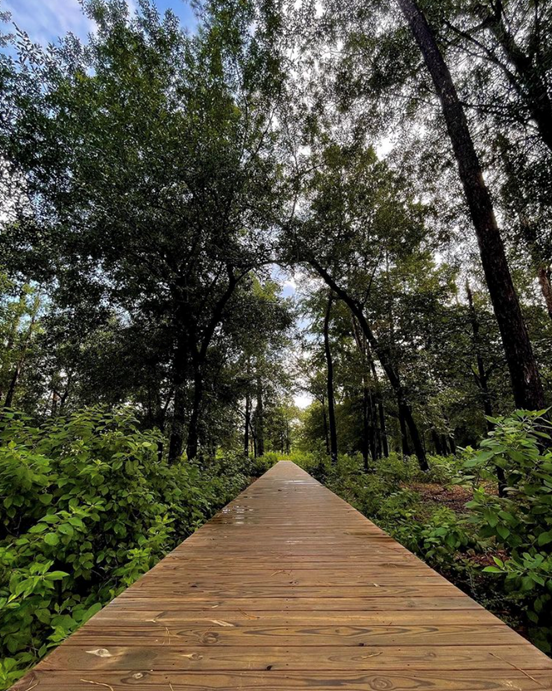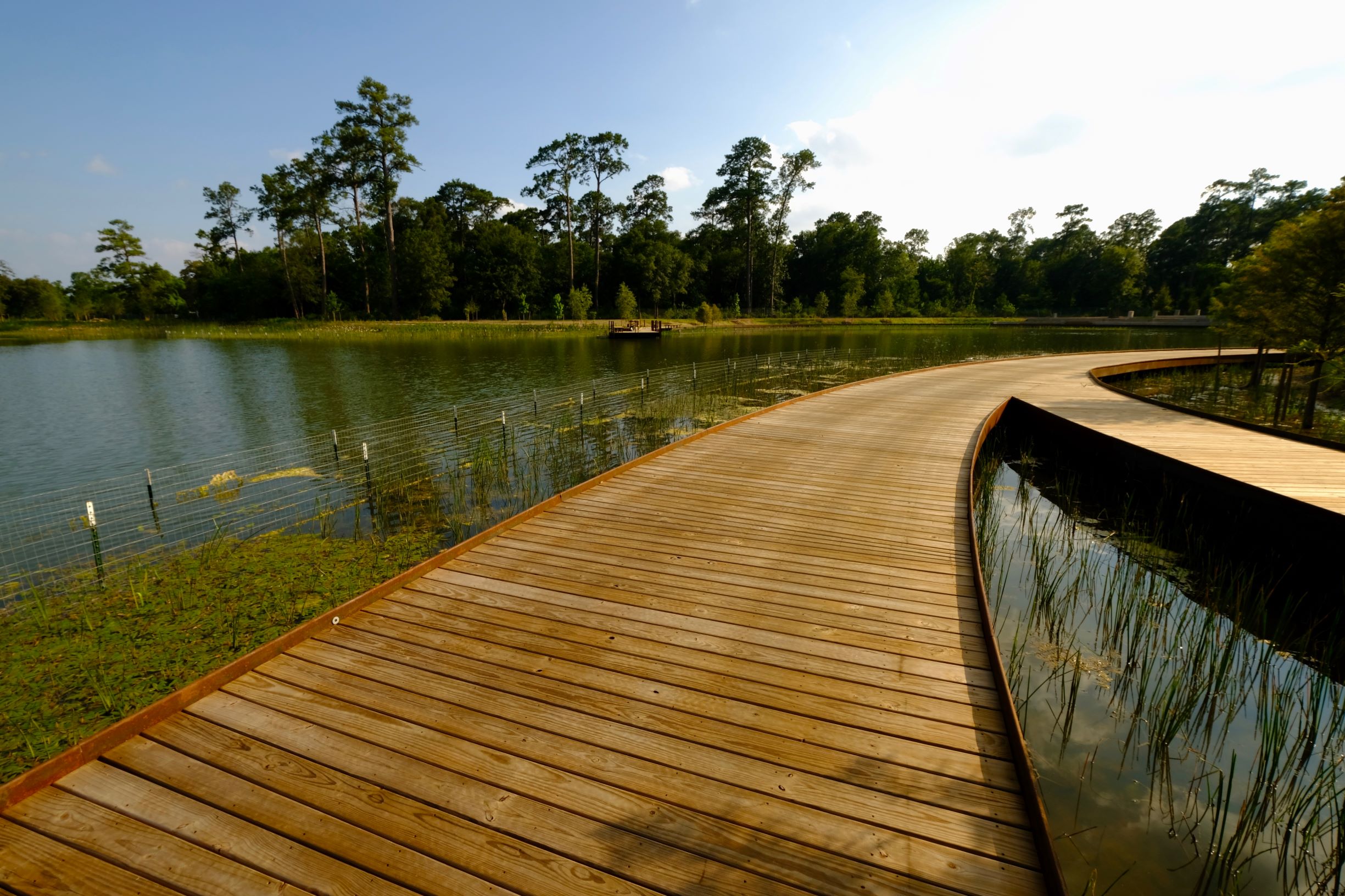Waterwall Park
Gerald D. Hines Waterwall Park is one of Houston’s most beloved, iconic landmarks and community centerpiece for visitors of all ages.
To stand in the Waterwall’s mist and be enveloped by the gentle roar of cascading water is one of the city’s most memorable experiences. Walking along the lush canopy of towering live oak trees while in the core of one of the largest business districts in the nation, is inspiring.
**As of October 14, 2024: The south side of the Waterwall has returned to normal operation. Please note the north side of the Waterwall is expected to be down until January 2025. The park remains open for visitors.**
2800 Post Oak Boulevard
Mon - Sun : 8am - 9pm.
Waterwall Park is open to the public for free. Please note that some parking may require payment. The most convenient parking is available at the Williams Tower Visitor Parking Garage, as it is just a short walk from the park.
Photos of Waterwall Park
See it for yourself
Waterwall is located in Uptown's greenspace just south of the Williams Tower. Conveniently close to the Galleria, shops, and restaurants, Waterwall Park is the perfect place to start off your day at Uptown.
Get DirectionsThe Gerald D. Hines Waterwall park is an unforgetable, iconic feature in Houston. A truly unique experience that you’ll remember forever. Check out these things to do when you visit the Waterwall.
History of Waterwall
The Park
Designed by John Burgee Architects with Philip Johnson, New York, with Richard Fitzgerald and Partners, Houston, and the SWA Group, Landscape Architects, Houston Privately developed by Hines and Transco Energy Company. Owned by the Uptown Houston District.
Size of the park just south of Williams Tower.
Live oak trees grown in Jacksonville, Florida.
Foot-long lawn, flanked by 11.5-foot-wide sidewalks.
Waterwall & SCAENAE FRONS
The Waterwall surfaces are made of black obsidian aggregate, while the exterior ribs are pre-cast concrete with Alamo Gray cement. Constructed of St. Joe Brick with gable and columns made of Indiana buff limestone, it also features a black granite base, pronounced "skay-nigh fronz".
64-foot-high semi-circular water wall.
Volume of water recycling in the inner fountain system.
Amount of water that cascades down the fountain.







